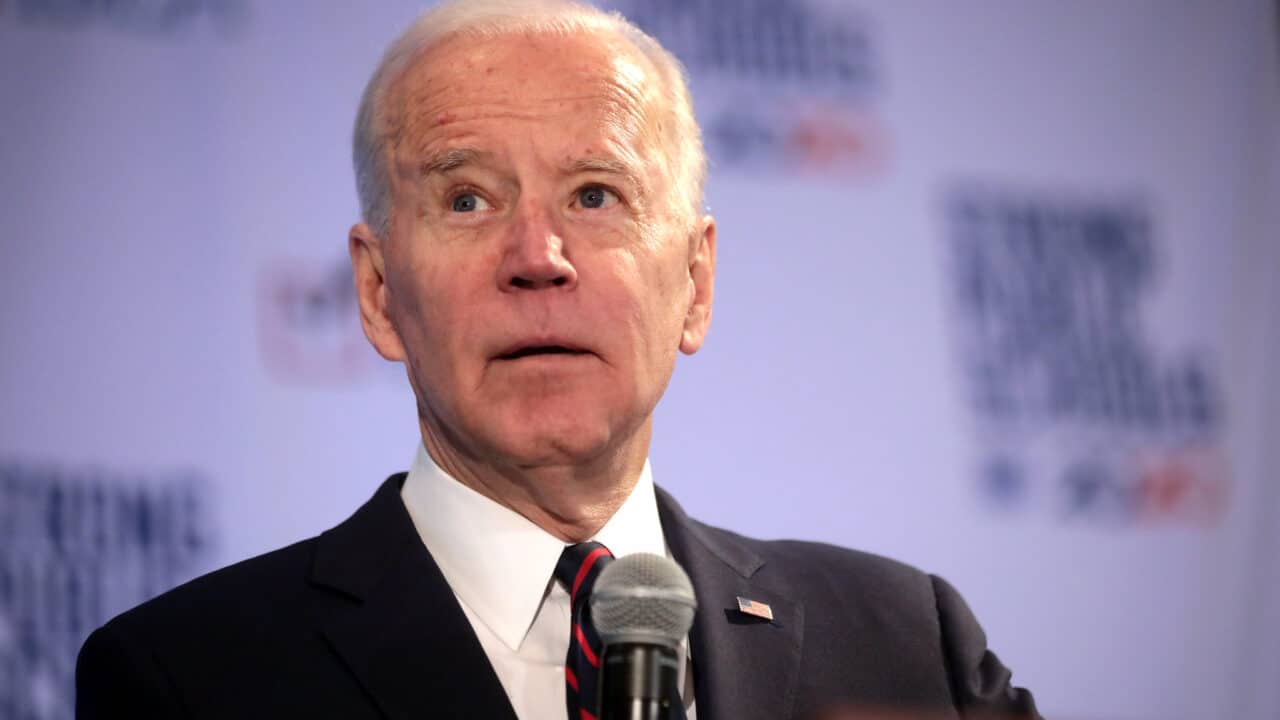 Photo by Eddie Bugajewski on Unsplash
Photo by Eddie Bugajewski on Unsplash
Price controls always fail. Yet Democrats are advancing legislation to impose a 95 percent excise tax on prescription drugs unless drug manufacturers accept government-set prices.
On Friday, President Biden called on Congressional Democrats to pass the drug price control bill “before the August recess, and get it to [his] desk so [he] can sign it.”
What advocates and media outlets have falsely labeled as a proposal to allow Medicare to “negotiate” prescription drug prices is in reality a plan for government price controls enforced by outrageously high levels of taxation.
The plan would allow government bureaucrats at the Department of Health and Human Services (HHS) to interfere with market forces and dictate prescription drug prices by setting a “maximum fair price” (MFP) on eligible medicines. The MFP would then serve as the basis for Medicare reimbursement and patient cost sharing.
Manufacturers that refuse to accept the MFP would be subject to an excise tax starting at 65 percent and ratcheting up to a maximum of 95 percent on total sales of the drug over the period of noncompliance.
CBO forecasts zero new revenue from excise tax because no one would elect to pay it
Look no further than the budgetary estimates from the Congressional Budget Office (CBO) for evidence of government price controls.
CBO models that the excise tax itself would raise no additional revenue for the federal government because all drug manufacturers would accept the HHS-dictated price or stop selling the drug in the U.S. market entirely rather than pay the non-compliance tax. In short, the tax is the stick to create price controls.
Dem price controls kill Innovation and reduce the supply of new drugs available
Price controls cause shortages. Artificially lowering drug prices through price controls would reduce investment in research and development by lowering expected returns for new drug development. Congress should not pursue policies that restrict the creation of new medicines that improve public health.
CBO’s cost estimate warns that these price controls would prevent new drugs from being introduced and stressed the “uncertainty” in assessing the number of new medicines that would be prevented from coming to market. This point is underscored by the fact that CBO already issued a revision on July 13 to its original assessment that increased the number of drugs it expects to be prevented from being introduced by 50 percent.
An earlier letter from CBO warned that any cost savings for the federal government would come at great expense to the private sector, hindering further research into new drugs.
Here it is straight from CBO’s letter:
“In the longer term, CBO estimates that the reduction in manufacturers’ revenues from title I would result in lower spending on research and development and thus reduce the introduction of new drugs. CBO’s analysis of the bill is not complete; its preliminary estimate is that a reduction in revenues of $0.5 trillion to $1 trillion…”
Low levels of inflation for prescription drugs
Despite Democrat claims that these drug pricing provisions are aimed at tackling inflation, prescription drug prices are experiencing comparatively low levels of cost increases.
According to the most recent inflation report from the Bureau of Labor Statistics, prescription drug prices rose 0.1 percent in June and only 2.5 percent in the past year. This is in the context of overall inflation reaching a 40-year high of 9.1 percent on year in the June report.
Prescription drug prices are rising significantly slower than non-prescription drug prices, which increased by 1.2 percent in June and 4.7 percent in the last year.
Health insurance costs increased 2.1 percent last month and have climbed 17.3 percent in the past year.
Democrats claim this proposal is focused on tackling inflation yet are targeting some of the medical care prices least impacted by inflation.

